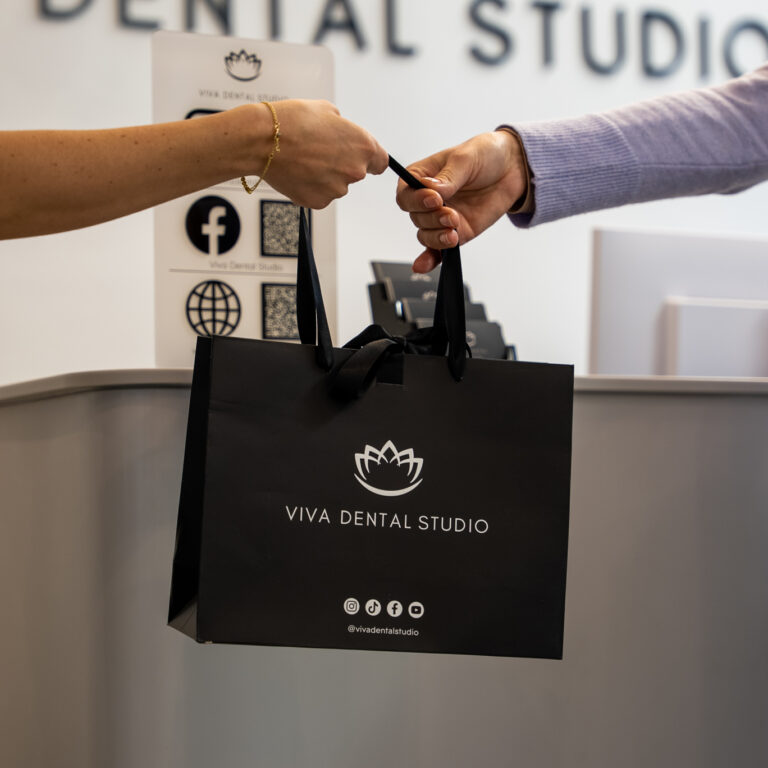Electric or Manual toothbrushes: which is best?
No two ways about it; the very best toothbrush is…
THE ONE YOU USE TWICE A DAY FOR AT LEAST TWO MINUTES!
If you are not brushing your teeth regularly and correctly, it won’t matter what type of brush you own.
Check below for a brief outline of the merits (or otherwise) of the two types.
MANUAL TOOTHBRUSH
· Used correctly, plaque is removed successfully and effectively
· The pace and pressure with which you brush can be easily adjusted
· People with sensitive teeth and gums tolerate the less vigorous brushing action
· A wide range of brush heads and handles satisfy individual preferences
· Toothbrush is very light and portable, facilitating brushing during the day
· No power source required for use
· Widely available and cheap to buy
· Cannot replicate the volume of brushstrokes produced by an electric toothbrush in a given period
· Lacks the technology to monitor excess pressure on the gums
ELECTRIC TOOTHBRUSH
· Tackles plaque reliably, owing to the spinning and rotational motion of the head
· Many come with a timing device allowing you to ensure you brush for the required time; and can warn if too much pressure is applied
· Newer models utilise technology to send sonic waves onto the surface of your teeth, aiding the brushing action
· Some models incorporate a Bluetooth facility so that an app can evaluate the effectiveness of your brushing technique
· Brush needs a power source to support regular charging
· Relatively bulky to slip into a pocket or bag, for refreshing your mouth on the go
· An expensive initial investment, combined with the cost of replacing the head every three months
What comprises an effective brushing technique? Find out here.
REMEMBER:
Some brushing is better than no brushing; but good brushing is the best of all. Regardless of the brush type you use.


